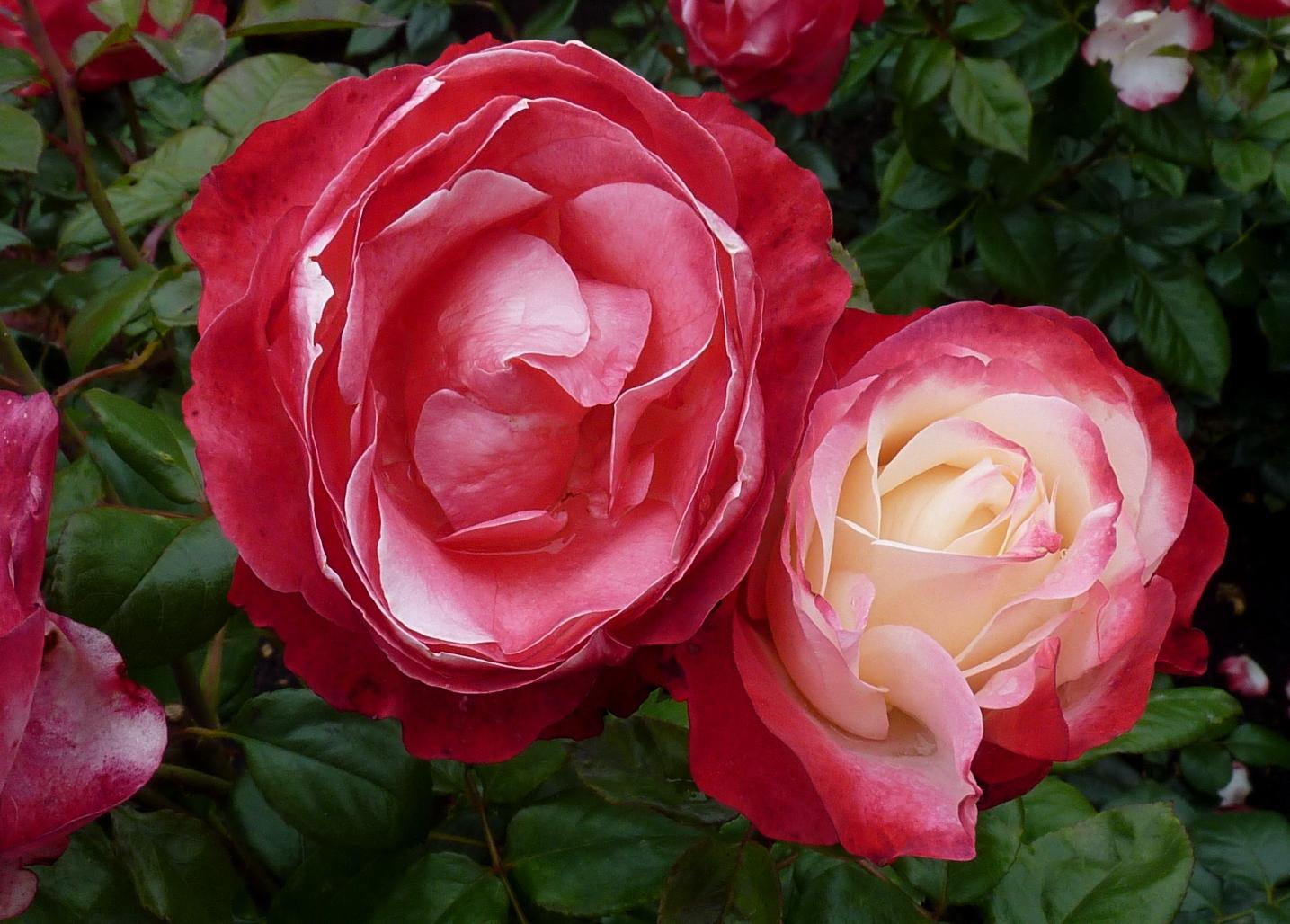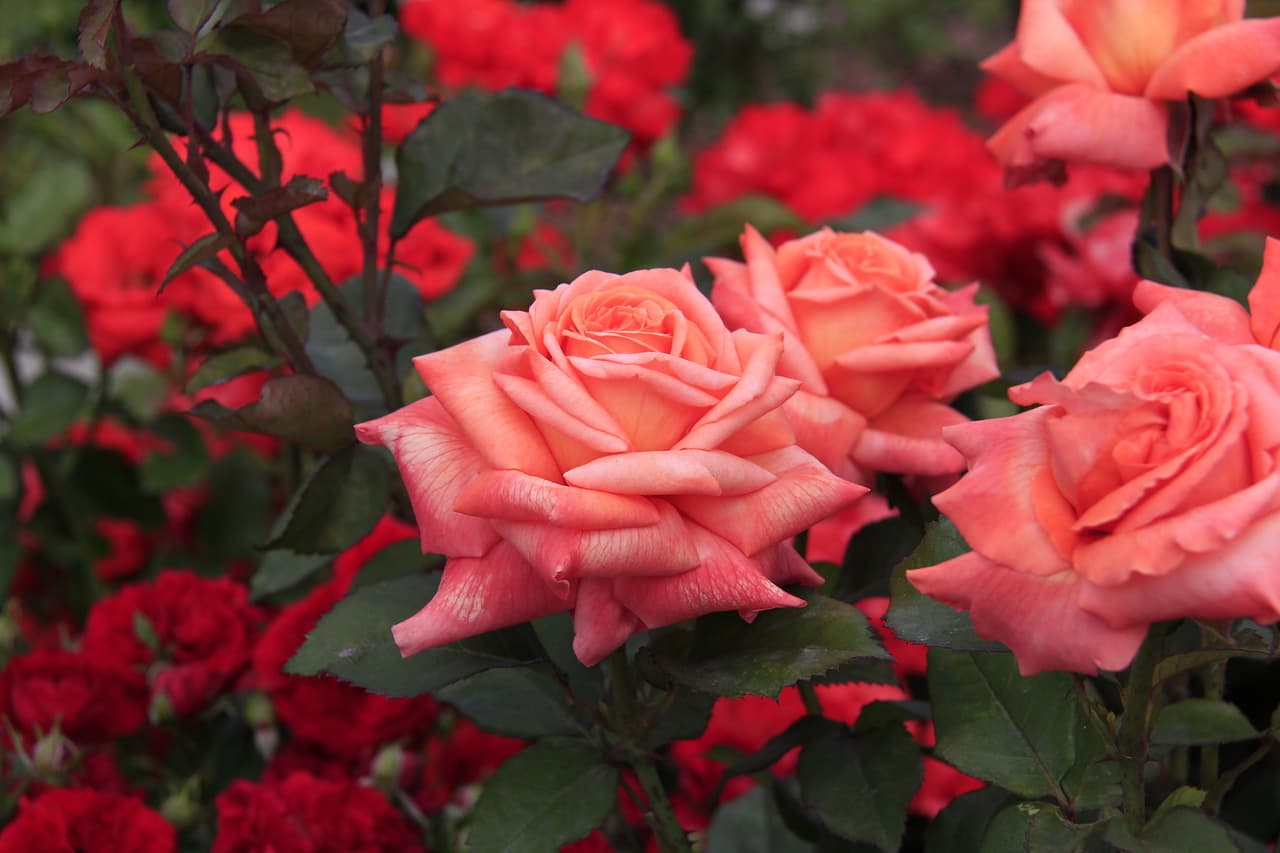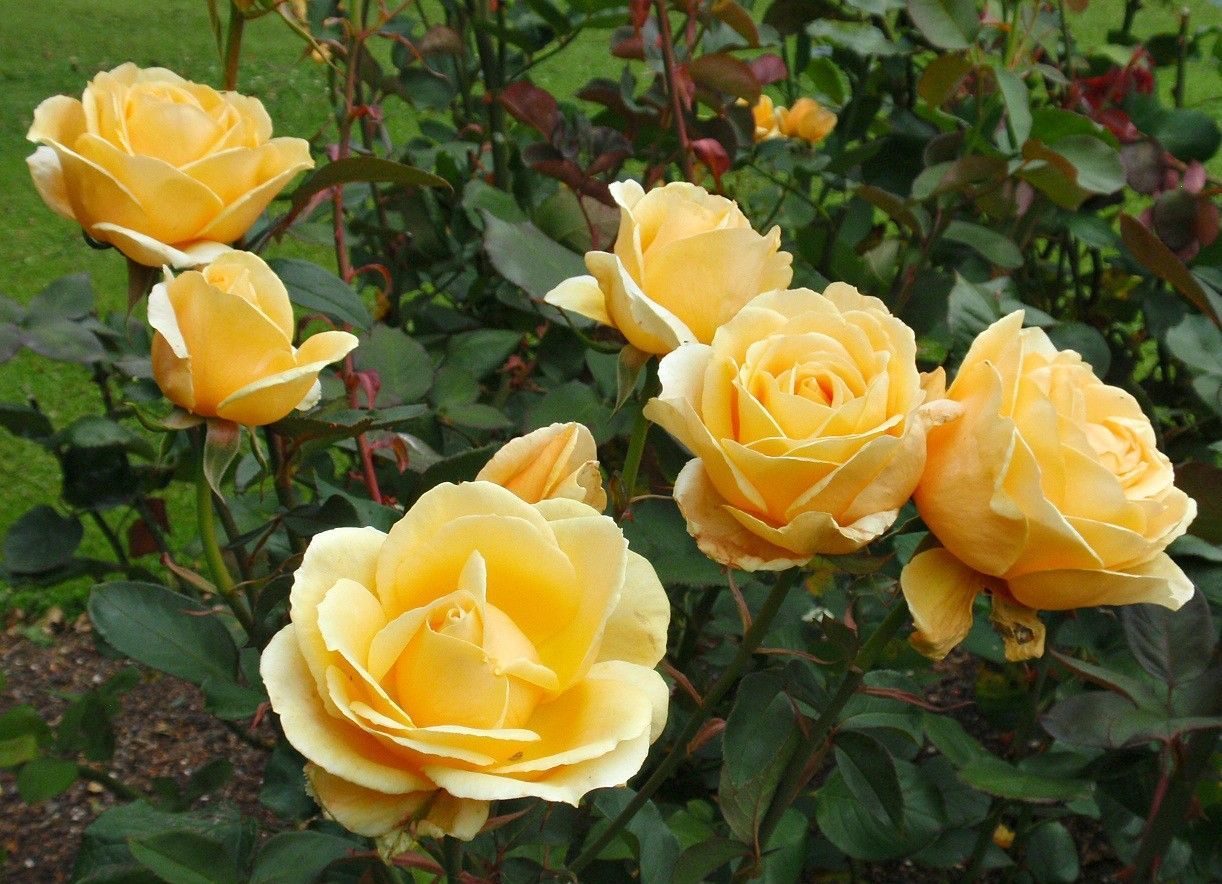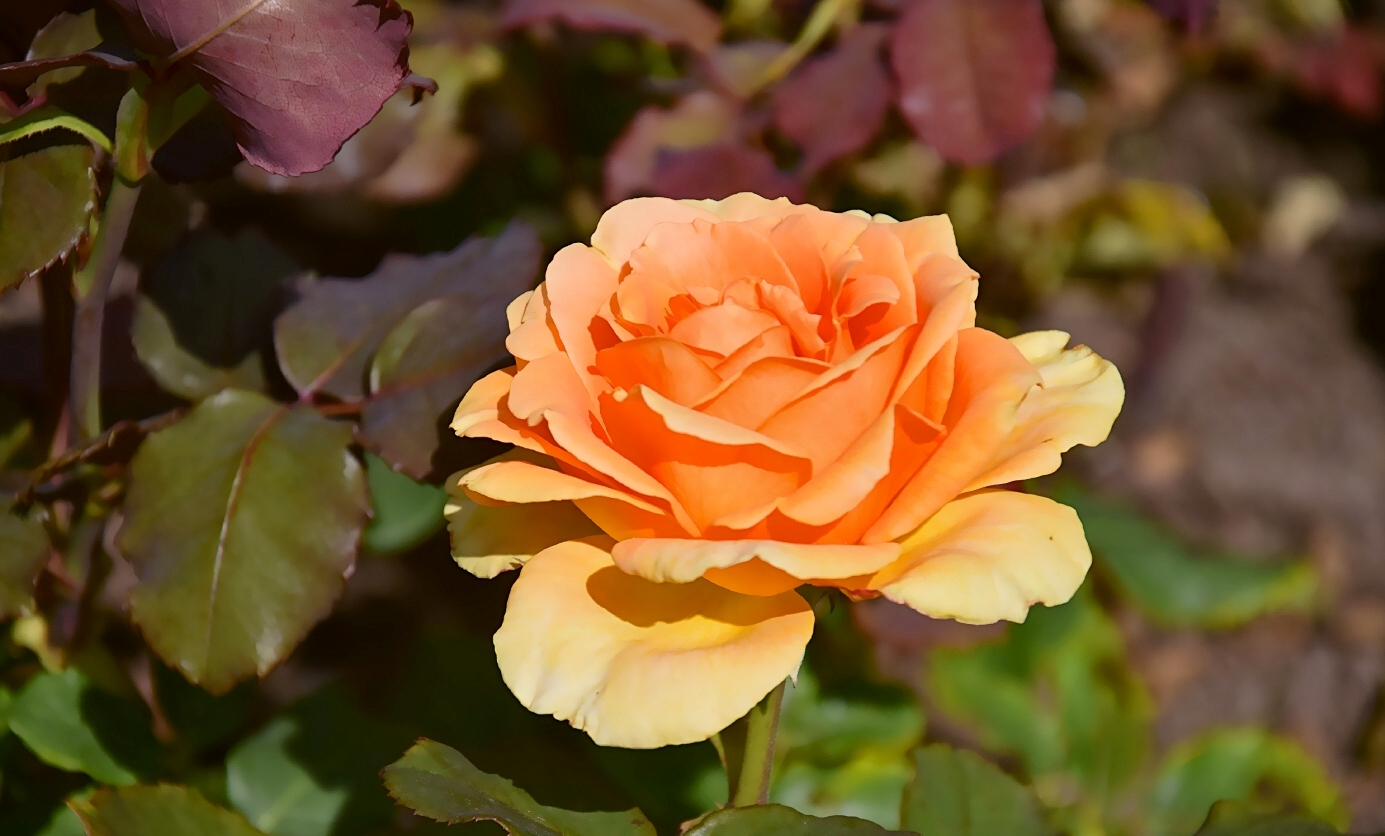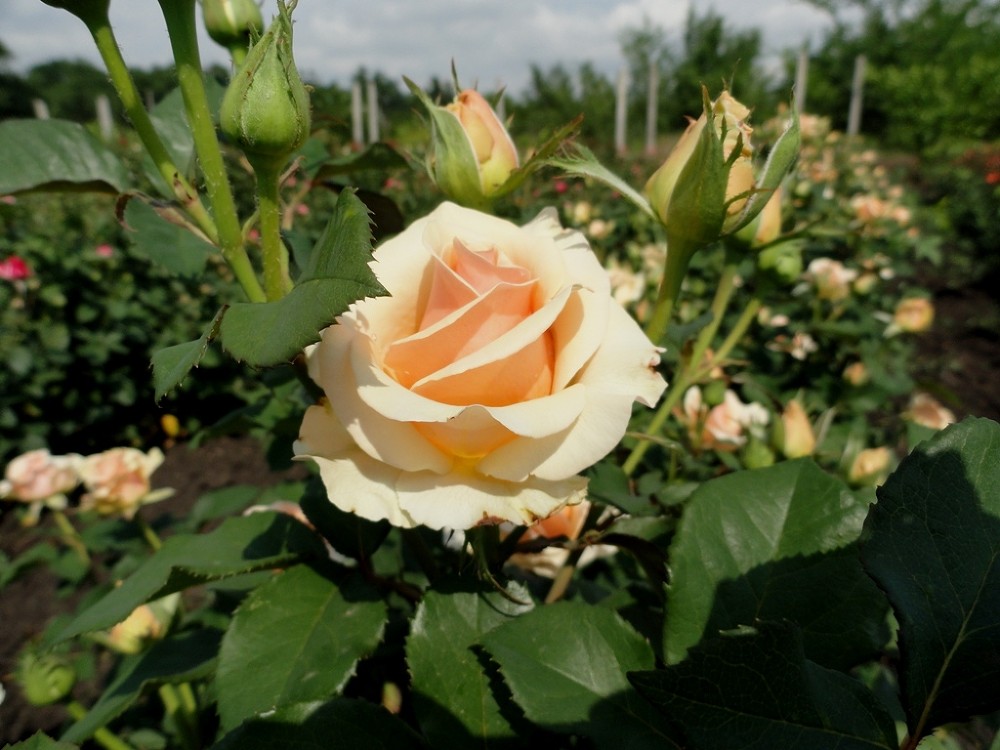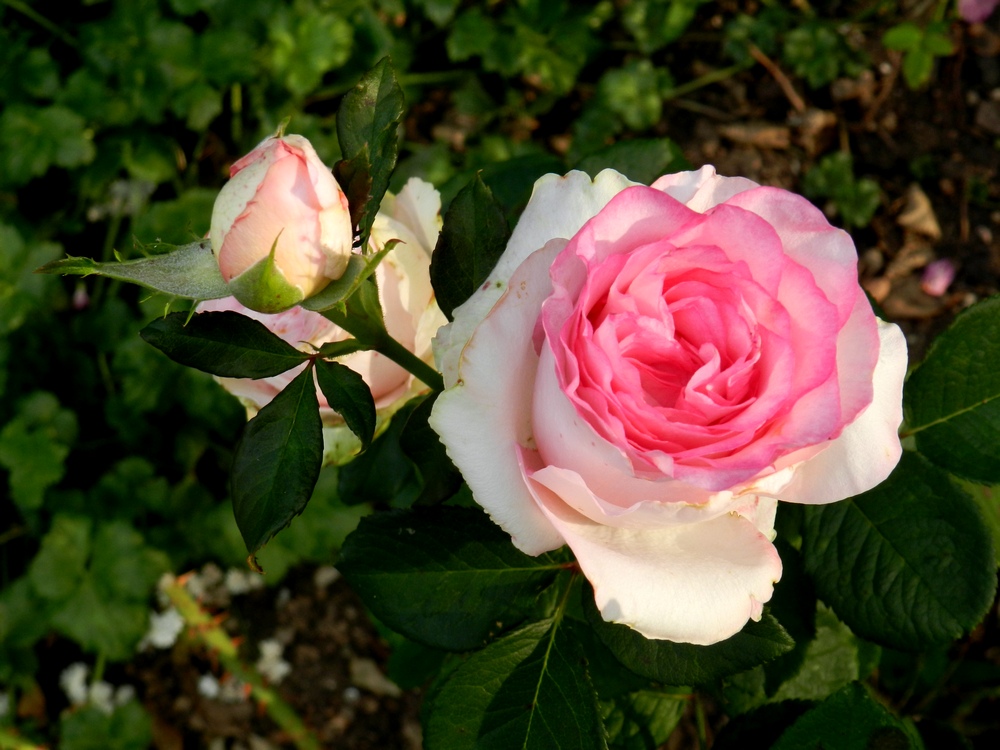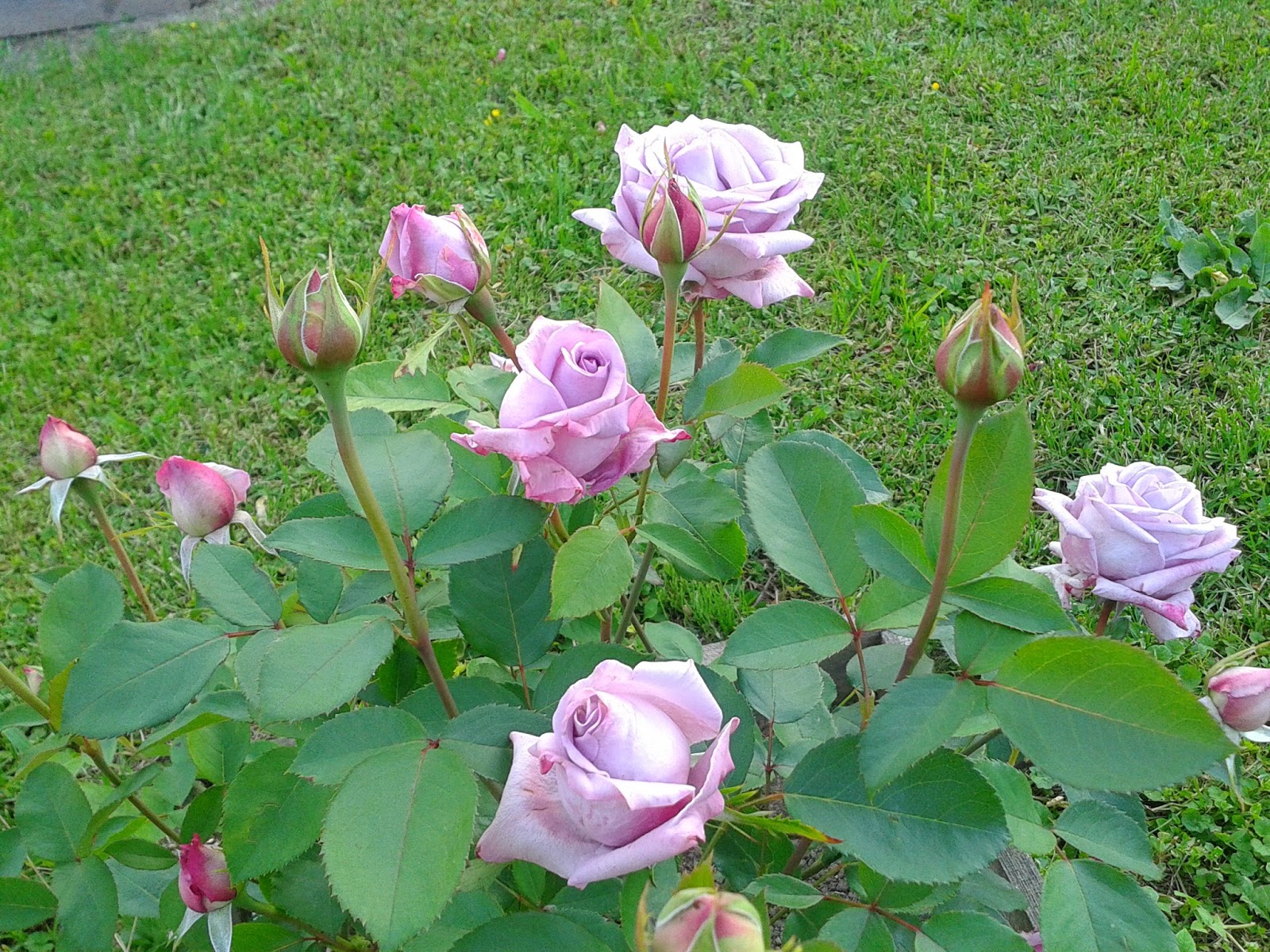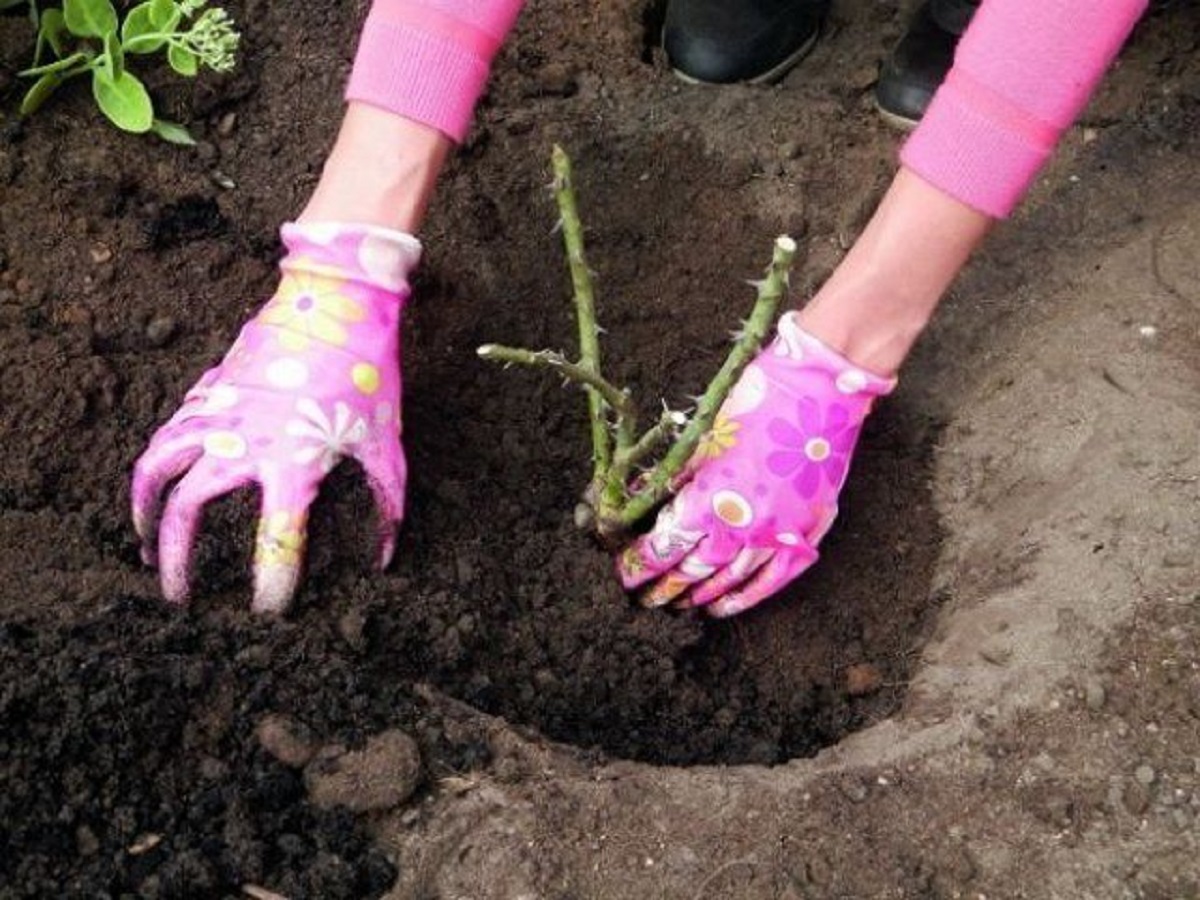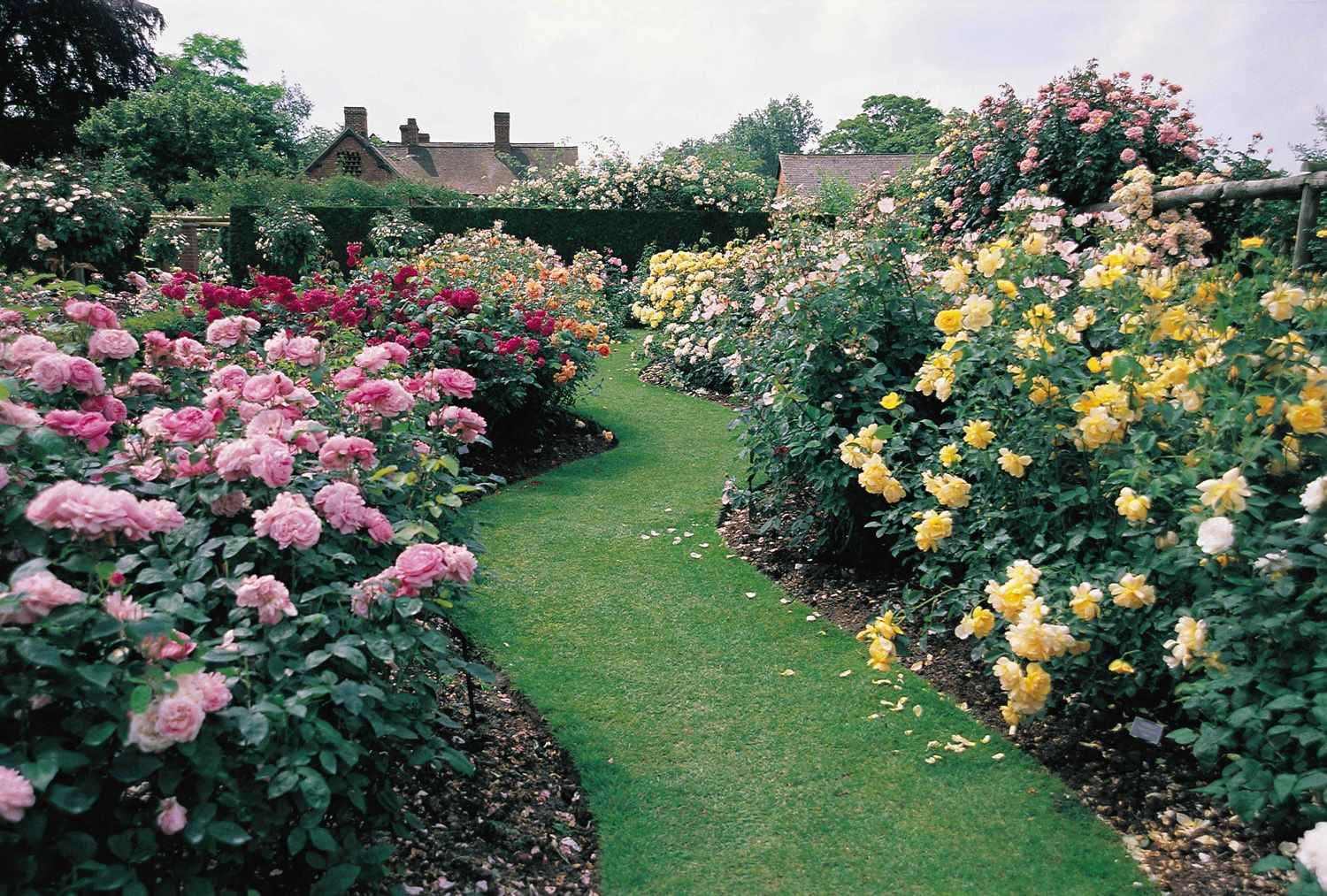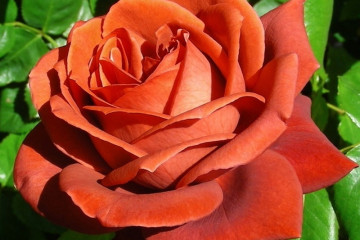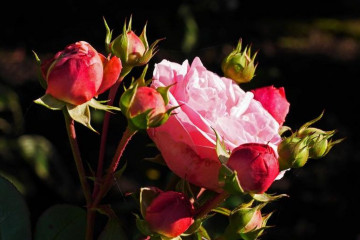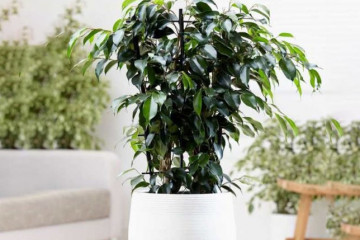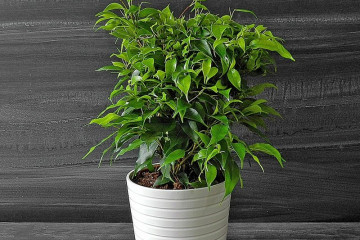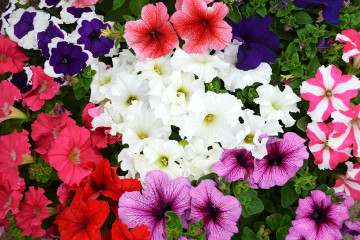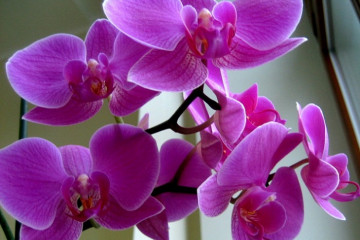What are hybrid tea roses: a description of the best varieties, care rules
Content: [Hide]
- Advantages and Disadvantages of Tea Roses
- Classification of hybrid tea roses
- Popular varieties of hybrid tea roses
- Instructions for planting roses in the ground
- Features of growing a plant
- Diseases and pests: how to fight
- Application in landscape design
Hybrid tea roses are the most popular varieties of the crop that are grown in flower beds and flower beds. There are a wide variety of varieties. Each of them has an unusual shade and aroma. The culture is undemanding to care for and is often used for growing in large numbers.
Advantages and Disadvantages of Tea Roses
Often, flower growers are interested in what kind of plant it is - hybrid tea roses and how they arose. This type of rose is most commonly grown. Plants are distinguished by bright colors of buds and a pleasant aroma. The variety was bred as a result of crossing a remontant and a tea rose. Some experts claim that the original varieties of tea roses are no longer preserved. All existing varieties are the work of breeders.
The variety has the following advantages:
- varied color of flowers;
- roses can bloom several times over the summer;
- medicinal properties of petals;
- suitable for growing at home;
- some varieties are frost-resistant;
- are resistant to some fungal diseases.
The disadvantages include:
- poorly tolerated powdery rose;
- you need regular fertilization;
- if pruned incorrectly, they may not form buds.
When growing plants in the garden, it is necessary to choose the right variety depending on the individual characteristics of the region.
Classification of hybrid tea roses
Hybrid tea rose is divided into the following groups:
- in height - for tall ones more than 1 meter in height and undersized ones - up to 60 cm;
- bush shape - spreading and erect;
- the size of the buds - large and small;
- the number of buds - single and collected in inflorescences.
Hybrid tea varieties share common characteristics. This is primarily the duration of flowering. A variety of culture blooms from early summer until the first frost. The buds are dense, with a bright aroma. They are used not only for decoration, but also for cutting.
Popular varieties of hybrid tea roses
The variety of roses has a wide variety of varieties. Each of them has its own characteristics and is distinguished by the shade of the flower.
Yellow and orange varieties
The varieties have bright buds and a pleasant delicate aroma. Often used to decorate flower beds and flower beds.
Valencia
The bush can reach a height of 1 meter, spreading. The shoots are dense, so they can be used for cutting. The buds are large, rich yellow.
Gloria Day
The peculiarity of the variety is the unusual color of the bud - yellow roses with a red border. The bush reaches a height of 1.2 meters. The buds are dense, but with a weak aroma.
Queensday
The bush is high, spreading. The buds are large, light orange in color. Blooms throughout the summer. The aroma is sweet, spreads over long distances.
Lolita
The plant is small in size, but with thick stems. The flowers are orange with a golden tint. The buds are large, with a bright smell.
White and cream varieties
These varieties are popular due to their delicate buds that can decorate any site.
Schneewittchen
One of the popular varieties. The bush is high, the buds are dense, large. Leaves are rich green. However, the flowers are practically odorless.
Annapurna
The plant is compact. Shoots are strong, with glossy leaves. The buds are large, white, with a pleasant honey aroma.
Polar Star
The height of the bush can reach up to 70 cm. Often a cut plant is grown, since the buds have a deep white color. The goblet rose has a delicate aroma, but is often subject to a type of disease such as spotting.
Bela Pearl
A feature of the variety is the cream color with a pink rim. The bush is beautiful, medium-sized, blooms throughout the summer.
Diva
The plant is tall and therefore suitable for growing in large areas. The buds are dense, large in size. A distinctive feature is a rich creamy color and a pleasant aroma. It tolerates temperature changes well and is resistant to diseases.
Pink and red varieties of hybrid tea roses
Red and pink varieties are often chosen for garden decoration. Among the popular varieties should be highlighted.
Anna
Plant height reaches 1 meter. The buds are pale pink, terry. The bush blooms throughout the summer and autumn. The bud opens slowly, saturating the air with a pleasant vanilla aroma.
Dolce vita
The plant can grow up to 1.5 m in height. Shoots are strong, densely covered with foliage and thorns. The buds are large, deep pink. The plant tolerates a drop in temperature well and has immunity against fungal diseases.
Beautiful Tavrida
The plant is of medium height, spreading. The flowers are pink with a crimson tint, double, in diameter can reach up to 12 cm. The aroma is bright. The culture blooms 3 times per season.
My lady
The variety is distinguished by a variety of shades of buds. During the opening period, it changes its shade from pink to coral. The buds are large, up to 13 cm in diameter.
Bel ange
Plant height reaches 1.6 meters. The buds do not fully open and are colored deep red.
Zemfira
For the first time this variety appeared in the Crimea in 2008. The flowers are lush, deep red. The bushes have an average height of up to 1 meter. Strong, sweet aroma.
Red naomi
The dark color of the flowers makes this variety very popular. The flowers are lush, burgundy. Ideal for cutting. They retain their appearance for a long time.
Lilac and blue varieties
The unusual color of roses makes the varieties popular among summer residents. Since lilac and blue rose bushes do not require additional decoration, they become a decoration of any flower bed.
Aqua
After opening, the bud acquires a pink-lilac hue. After burning out in the sun, the flower turns light blue. Blooms throughout the summer, until the first frost.
Mainzer Fastnacht
The height of the bushes reaches 1.5 meters. The flowers are large, double, saturated lilac color, the edge of the petals with a purple border. Citrus aroma, lasts a long period.
Blue Parfum
The most popular blue rose variety. Its peculiarity lies in the fact that at the beginning of the disclosure, the flowers are purple in color, and then acquire a pale blue tint. The variety is often grown for cutting.The hybrid has a rich aroma and blooms throughout the summer.
Blue Nile
The bush is winter-hardy, reaching a height of 1.5 meters. The flowers are large in diameter and can be up to 14 cm. The color is blue, with lavender blotches. The aroma is sweet with fruity notes.
Instructions for planting roses in the ground
In order for the seedling to start growing quickly, the following rules must be observed:
- hybrid roses can be planted in early spring or autumn;
- it is necessary to prepare a planting pit up to 35 cm deep;
- a layer of fine gravel is laid at the bottom of the planting pit;
- a nutritious soil is being prepared. To do this, 1 part of peat should be mixed with 1 part of black soil. Add 0.5 parts of river sand and mix thoroughly;
- fill the planting hole with nutrient soil by a quarter and set the seedling;
- spread the roots and pour with warm water;
- cover with soil and tamp a little.
Around the seedling, it is necessary to make a low shaft of soil or lay it out with a stone. This is necessary so that during watering the water does not spread, but penetrates to the roots.
Features of growing a plant
After planting in open ground, rose bushes must be properly looked after. Following simple recommendations, even a beginner can grow a rose bush.
Fertilizing roses
In the first year after planting, no feeding of roses is carried out. For the next year, the fertilization scheme is as follows:
- in the spring it is necessary to apply nitrogen fertilizers;
- at the beginning of summer, the bushes should be fed with organic fertilizers. The most commonly used infusion of mullein;
- in the middle of summer, complex fertilizers containing phosphorus and potassium are used. Such feeding is necessary for the re-formation of buds;
- humus is used in the fall.
Fertilizers are applied in the evening. It is recommended to fluff the soil and water it before applying.
Watering seedlings
After planting, seedlings must be watered every two days. After the bush is accepted and begins to set the buds, watering is reduced to once every 4-5 days.
Loosening the soil
Loosening the soil means a lot to root development. Regular oxygen supply reduces the development of root rot. Additional shoots appear on the roots and the culture takes root faster.
Pruning roses
Pruning roses is carried out in several stages:
- spring - all shoots are cut off. Above the ground level, it is necessary to leave stumps with a height of no more than 10-15 cm. Each cut off shoot should have at least 3 live buds;
- sanitary pruning - carried out in the middle of summer. All damaged branches are removed;
- overshadowing - the difference from sanitary pruning lies in the fact that it is necessary to remove not only damaged shoots, but also to shorten healthy branches by a quarter.
It is not recommended to completely cut off the shoots in autumn, since during the winter damage to the buds is possible and the variety may die.
Diseases and pests: how to fight
Most often, a rose bush is exposed to diseases with improper care. Among the most frequently encountered are:
- powdery mildew. The disease manifests itself in the form of a gray bloom on the leaves. They lose their appearance and the plant gradually dies. To combat, it is recommended to treat the bushes with a solution of laundry soap with copper sulfate;
- rust. The most common type of fungal infection. The infection got its name due to the spots on the leaves of orange and brown color. The spots contain spores of the fungus, which, spreading over the area, leads to the death of the plant. To combat, it is recommended to process the bushes with iron sulfate and remove all damaged leaves.
The pests that most often appear on roses include:
- aphids are small green insects that feed on plant sap. For the fight, it is recommended to use a solution of laundry soap. Ash infusion can also be used. 1 kg of wood ash must be mixed with 5 liters of water and watered each bush;
- slobbering penny - an insect that feeds on the juice of young leaves. In places where the pest accumulates, foam is noticeable. To combat, it is recommended to spray the bushes with warm water with copper sulfate.
Application in landscape design
You can use roses as an independent culture to decorate plots or combine different varieties with each other. This design is recommended for decorating garden paths, alleys or gazebos. Roses also look attractive in combination with evergreen shrubs and a lawn.
Roses are plants that can be found in almost any flower bed. The culture is undemanding to care for and pleases with its exuberant flowering throughout the summer. Hybrid tea varieties are the most popular and their list is constantly updated. Therefore, everyone will be able to choose the right variety, depending on personal preferences and the growing region.
